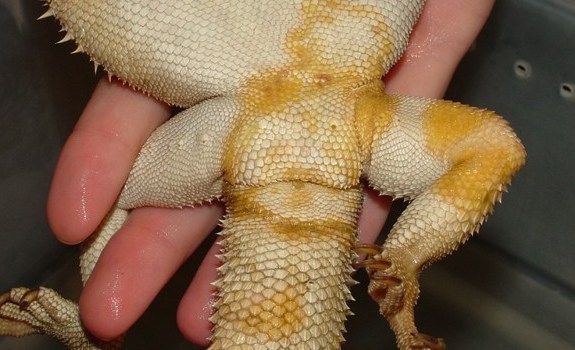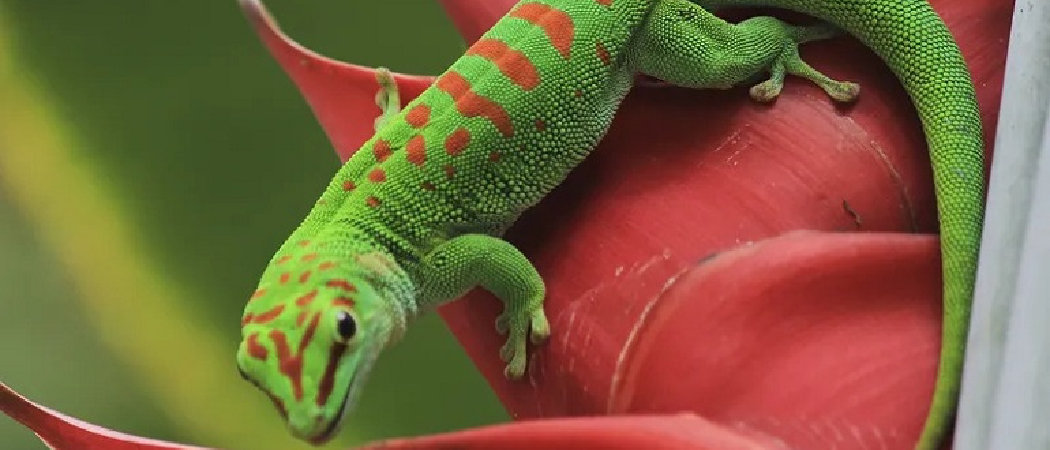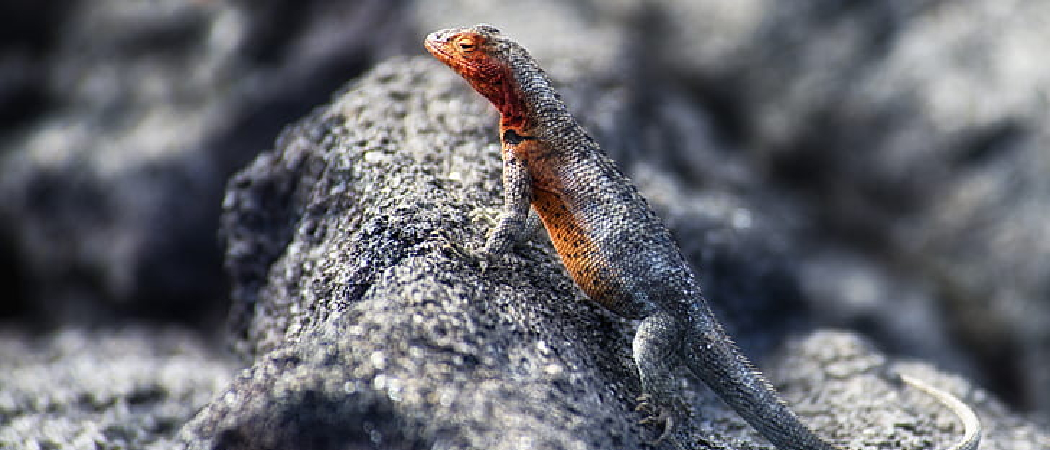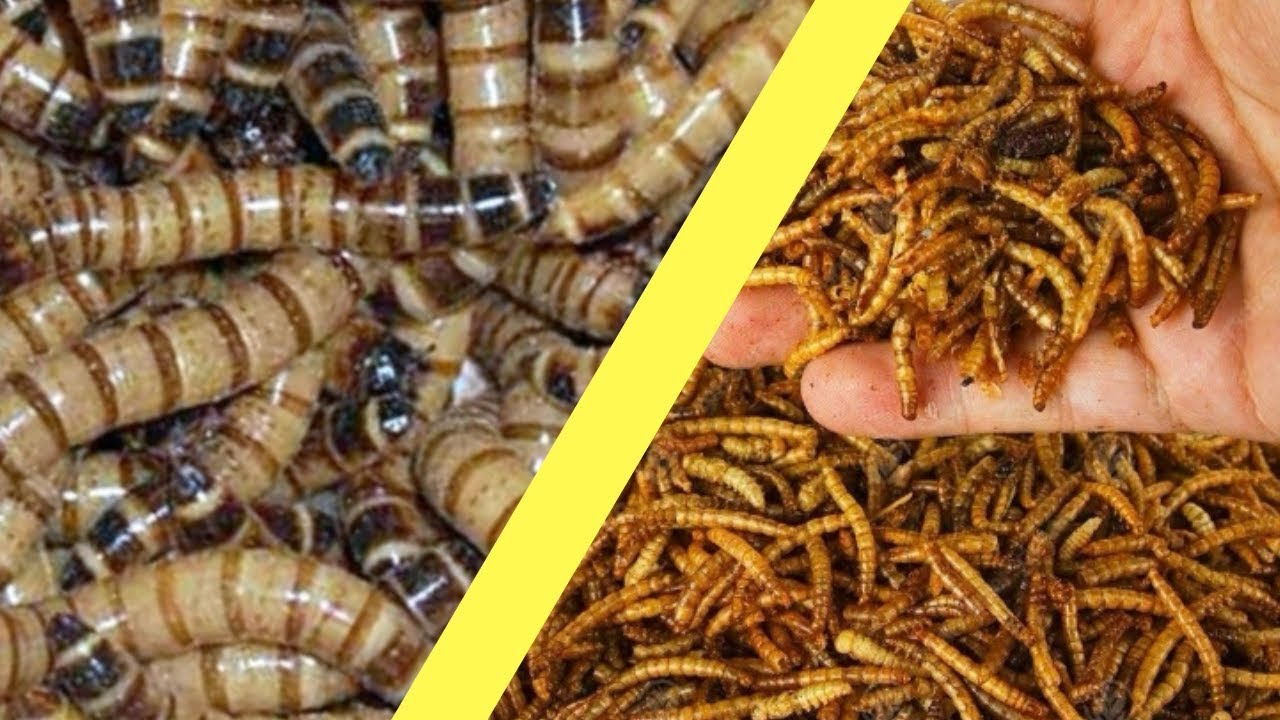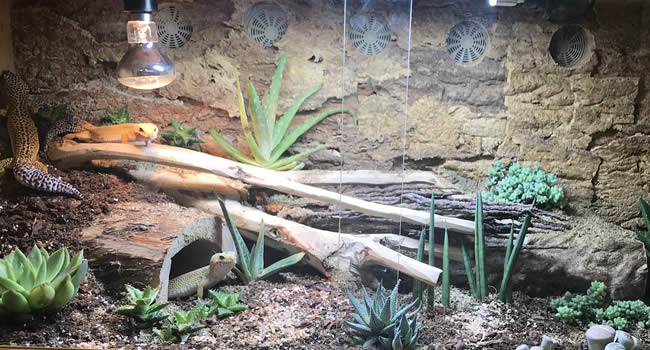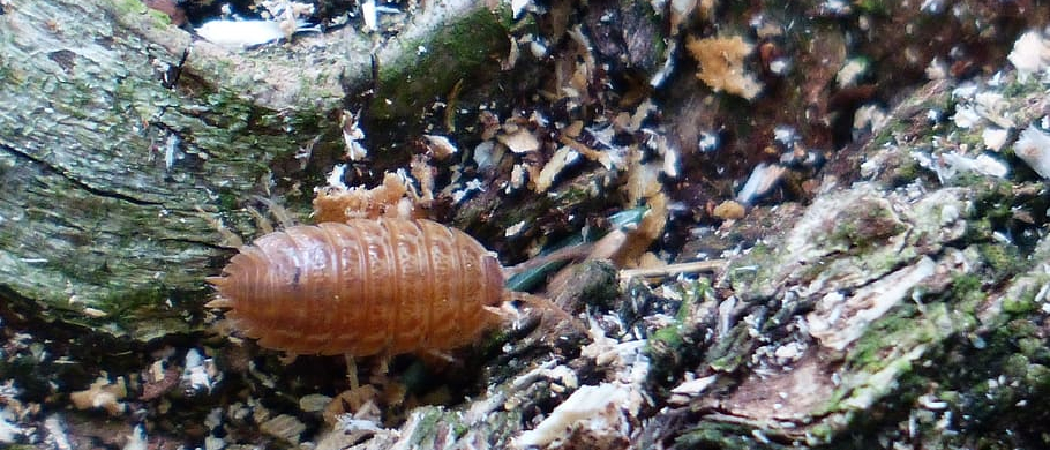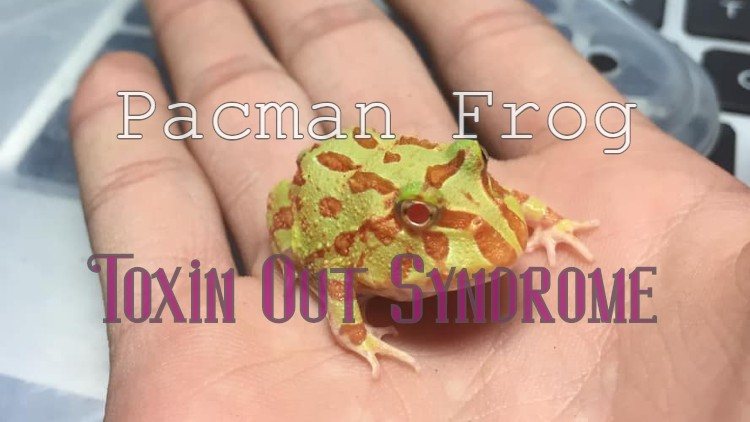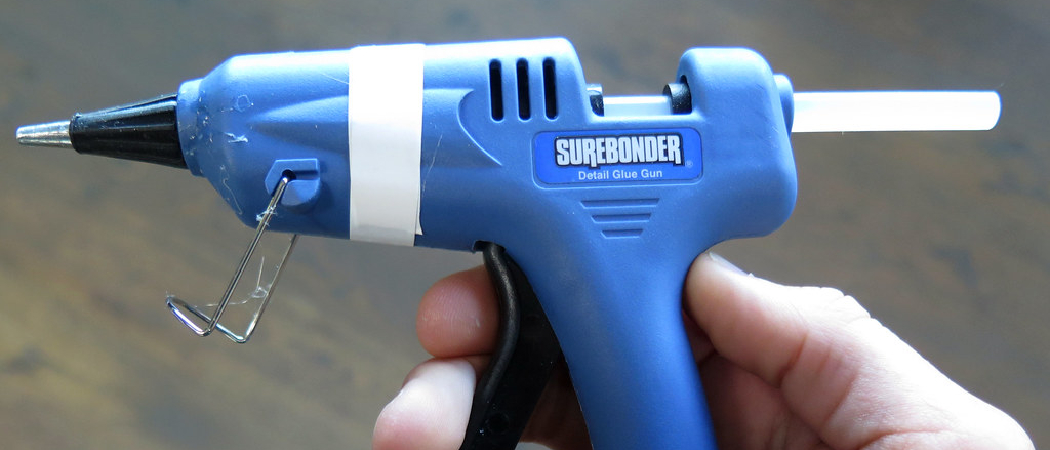My Bearded Dragon Won’T Move
If your bearded dragon won’t move, it is important to determine why. Common causes of a lack of movement include stress, illness, or injury. To determine the cause of your dragon’s immobility, observe closely and make a note of any changes in behavior that may indicate a problem. If you notice any signs such as …

